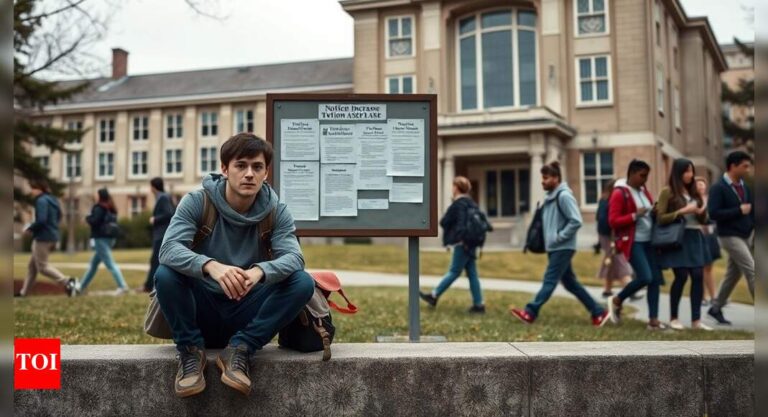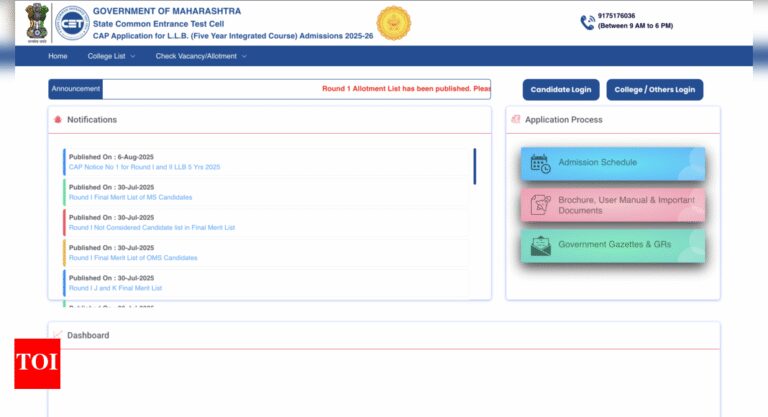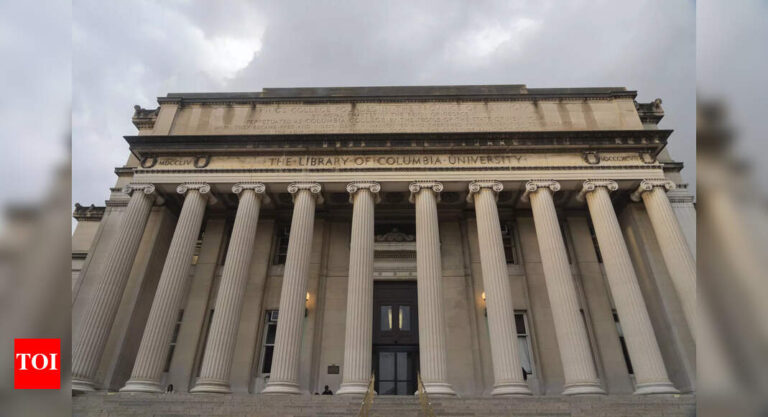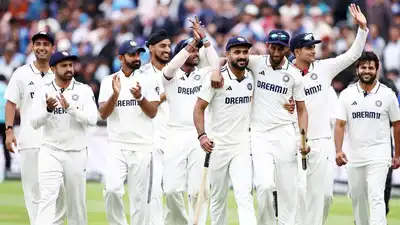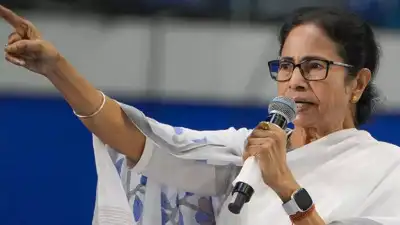
An American woman living in India has sparked a storm on Instagram, not with outrage or drama, but with cold, uncomfortable math. Kristen Fischer’s now-viral reel lays bare the economic absurdity of US higher education, contrasting it with India’s far more affordable public college system. The video has struck a nerve with students and working professionals alike, not just because of what it says, but because of how clearly it confirms what millions have long suspected: the American college system is financially unsustainable.
College math that hits like a reality check
In less than two minutes, Fischer outlines a comparison that is impossible to un-hear.India’s public colleges typically charge between ₹10,000 and ₹50,000 per year. Against the country’s median annual salary of ₹3.3 lakh, this means tuition accounts for just 3% to 15% of income.Now shift to the United States, where public college tuition ranges from ₹10 lakh to ₹26 lakh per year. Even with a median salary of ₹41 lakh, the cost eats up 23% to 63% of annual earnings.This isn’t just a difference, it’s a design flaw. In India, public college is expensive for some. In the US, it’s unaffordable for most.
Debt isn’t a side effect. It’s the business model.
Fischer doesn’t mince words. In America, she says, you simply can’t get through college without taking on debt. Loans aren’t a backup plan—they’re the default setting. And unlike India, where some families can still fund college out of pocket or with limited borrowing, American students walk straight from the graduation stage into repayment schedules.This is the part of the video that lit up the comment section. US graduates—many still paying off their loans in their 30s and 40s—spoke about having to delay home ownership, marriage, or even basic financial independence. Some admitted to taking jobs they didn’t want, just to meet loan obligations. For many, education wasn’t an opportunity; it was a transaction with long-term consequences.
The Indian system isn’t perfect, but it’s not predatory
Indian viewers responded with a mix of pride and caution. Yes, public colleges in India are affordable, but access is a different story. Limited seats, intense entrance exams, and growing demand push many students into private universities where tuition can easily cross ₹10–₹15 lakh.Still, even with these challenges, Indian students aren’t trapped in a cycle of lifelong debt simply for earning a bachelor’s degree. For most, the question is whether they can get in—not whether they can survive financially afterward.
What this video really exposes: Two very different philosophies
At its core, Fischer’s video isn’t just about tuition figures, it’s about what those figures reveal. In the US, education is increasingly treated as a personal investment with a price tag, not a public good. The result? A generation of graduates who are educated but economically constrained.India, despite its flaws, still upholds the principle that higher education can be subsidized, publicly funded, and within reach of the average citizen, at least in theory.
The conversation isn’t going away
Fischer’s video has gone viral not because it’s shocking, but because it confirms a quiet truth many have internalized: that affordability is no longer a given in the American education system. It’s a privilege. And that’s a problem.The fact that a casual comparison posted on Instagram could spark such a reaction is proof enough that this conversation is long overdue. People aren’t just angry—they’re exhausted. And more than ever, they’re asking: if the system is this expensive, this exclusionary, and this debt-driven, then who is it really serving?


